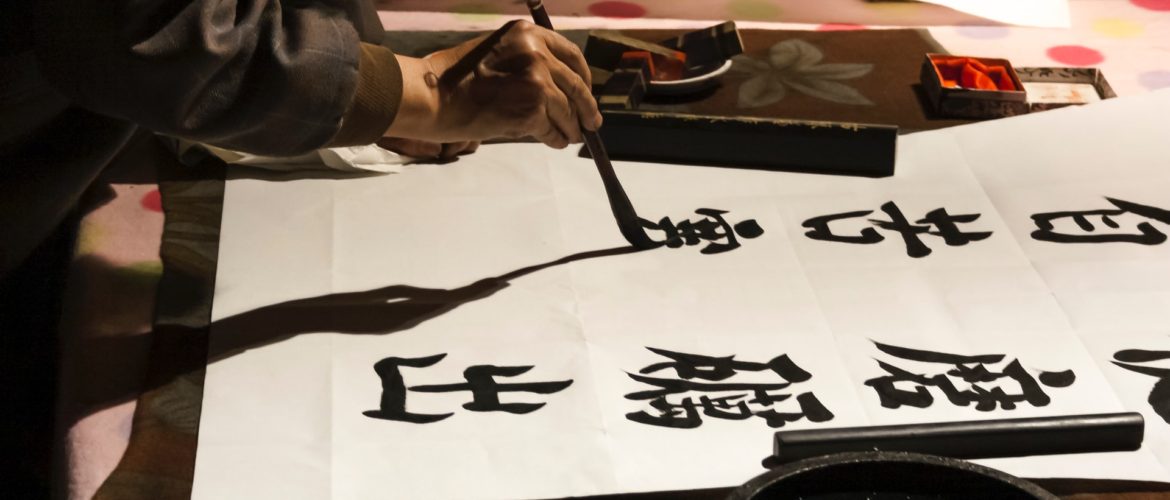A Beginner’s Guide to Traditional Japanese Art

Japanese art is replete with Asian charm. However, its deep Zen roots and specific terms make this art form hard to reach for the Western viewer. To understand and enjoy Japanese fine art, one must know its traditional types. Below you will find a short guide to get a deeper insight into the cultural values on which the Land of the Rising Sun is built.
A Beginner’s Guide to Traditional Japanese Art
1. Painting
Japanese painting is based on concepts developed in ancient China. The main component is the landscape (Sansui), namely mountains and waters. It is not a depiction of a certain piece of nature but the creation of the perfect cosmic order, male and female beginnings, light and dark.
2. Calligraphy
All principles of Far Eastern painting can be applied to calligraphy, the art of fine handwriting. A hieroglyph has a shape, a color, and a compositional connection with other picture elements. As a written sign, it retains a distant link to a range of literary, religious, and philosophical associations.
3. Prints
Ukiyo-e prints, or “pictures of the changing world,” were the most striking phenomenon of Japanese art between the 17th and 19th centuries. Their compositional techniques, costumes, and coloristic solutions provide key information about the characters’ moods and feelings. The most famous printmaking genres in Japan are the images of bijin-ga beauties, portraits of kabuki actors, fukei-ga landscapes, and shunga erotic prints.
4. Ceramics
Thanks to the popularization of the tea ceremony and ikebana in the West, such aesthetic categories as wabi (artlessness) and sabi (melancholic charm of antiquity) became widely known. These notions of beauty are especially clearly expressed in ceramic artworks. The items involved in the tea ceremony are meant to be both convenient ware and philosophical companions.
Knowledge of Japanese art principles and forms can help you grasp the meaning behind it and enjoy its beauty to the fullest.
